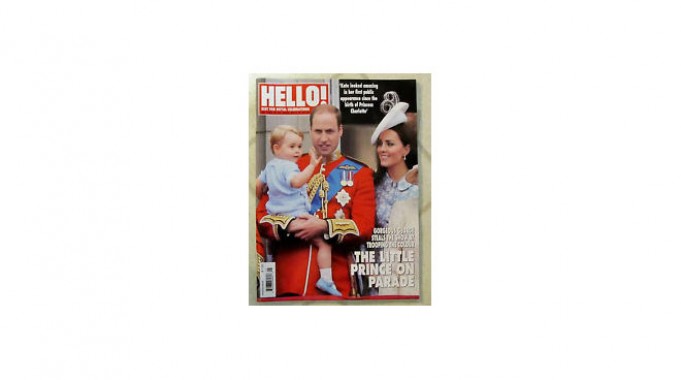A traffic jam on memory lane
OUT OF PRINT
Binoo K John
For a nation obsessed with the past and with no clue about the future, it is no wonder that magazines find substance for their stories from the recesses of national memory. Falling straight into this category is the recent Brunch cover commemorating 47 years of the Beatles Fab Four visit to India to do LSD and learn spiritual mumbo-jumbo from Maharishi Mahesh Yogi at the Rishikesh ashram.
While 50 years is normally considered a peg for an ‘anniversary story’, any reader would be flummoxed by this 47 year commemoration, especially since nothing has happened to take the story forward. The supposed peg is that the Rishikesh ashram may be turned into a museum but there is no official word on it and it seems to be just hearsay.
Anniversary stories are easy to do since what happened 47 or 48 years ago is already recorded. This is why it is easy for publications to take trips down memory lane. Every day some great Indian or another is taking a trip down memory lane, as this heading in a recent Deccan Herald issue says: “IISC alumni walk down memory lane”.
The irony here is that scientists are supposed to take leaps into the future rather than walk down memory lane.
The future has never been a concern with Indian reporting because there is hardly any cutting edge research happening in India, unlike in countries like the US where new advances and discoveries are happening in every field and are tracked meticulously by the media.
Time and Wired magazines are at the forefront of such reporting in science, medicine and technology. Two recent issues of Time had futuristic subjects. One was ‘Closing the Cancer Gap’ which looked at two women who have brain tumours. “One of them is beating the odds” the compelling intro line says.

The other featured a baby on the cover with the heading ‘This baby could live to be 142 years old’ and the strapline ‘Dispatches from the Frontiers of Longevity’.
Wired magazine features look-back stories but gives them a different edge. One example is the iconic 1945 picture of a sailor kissing a girl in Times Square New York the day Japan surrendered. Wired’s story this week, just a month before the 70thanniversary of the picture, is about three scientists using various tools to try to figure out all the details about the photographs based upon the lighting, shadows and the position of the sun.
One of their findings is that the photographer, Alfred Eisenstaedt, took the picture at 5.51 pm. Crazy story isn’t it? Scientists, including astrophysicists, physicists and astronomers, are developing methods to date and time classic art works. The story refers to an American scientist having figured out in 2003 that Van Gogh painted Moonrise at 9.08 pm, local time. This is where the future meets the past.
Now, which Indian magazine has carried reports from any frontier of science? Instead of the constant walks down memory lane will there be a rocket to the future story?
* * * * *
I am an ardent fan of the British celebrity magazine Hello! since it always has an interview with a super rich celebrity who tells you how they got rich and what they are doing with the money now. (Mostly building fancy houses cut into a cliff or set in a virgin island). What bugs me, however, is its obsession with the British monarchy. On an average, two cover stories every month are on something the royals did nor did not do. There was “Introducing our little princess” (on the birth of baby Charlotte); ‘The little prince on parade’ (Gorgeous George stealing the show); ‘George and Charlotte: Intimate first portraits of the adorable prince and princess,” and then ‘Kate Middleton’s 10 Baby secrets revealed.” Each story is a Royal Exclusive. Such obsessions can be a royal pain.
Having pet obsessions - exemplified most vividly by the tabloid Daily Mail - seems to work well in Britain. Readers who share these pet hates and pet obsessions become loyal readers
* * * * *
One of the fall-outs of the IT boom on reporting style is the overuse of mathematical terms to denote complexity. Algorithm is the favourite since it is the all-encompassing term for anything that a piece of software does. Writers themselves do not know what exactly an algorithm is nor anything about coding but Priya Ramani mentions ‘Myntra’s algorithm’ in an article in Mint and in the Times of India, says in a strapline to Rajeev Deshpande’s article, “Draw some red lines: In relations with neighbours, rework stagnant calculus of deterrence with compellence”.
Difficult to figure out since calculus can mean anything (complex?) and can be easily replaced by, say, ‘stagnant arithmetic of deterrence’ or even ‘stagnant algorithm of deterrence” to keep up with the penchant for mathematical phraseology that is so popular these days. It’s enough to make you feel a bit nostalgic about the once-favourite and now quaint-sounding phrase “the pluses and minuses of the situation’.







